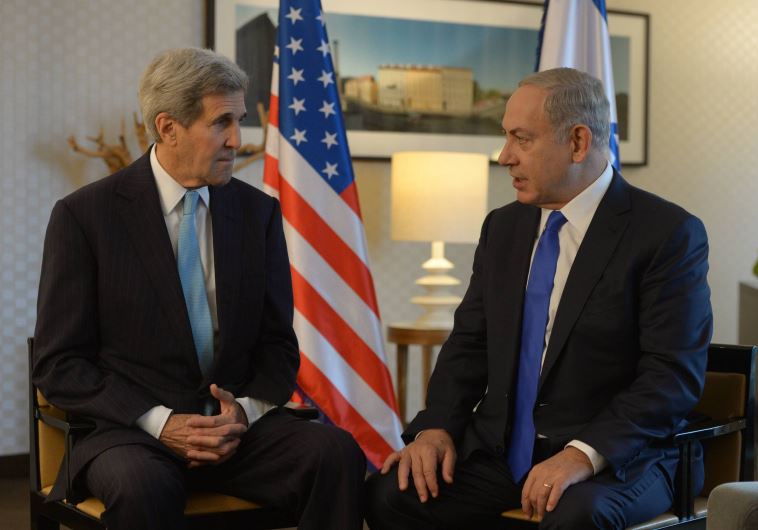Diplomacy: Looking for ways to douse the spark
Following a well-worn script, Ban, Kerry and others come to calm the situation.
Happily, this time the ambitions are low.
 Netanyahu and Kerry meeting in Berlin(photo credit: AMOS BEN-GERSHOM/GPO)Updated:
Netanyahu and Kerry meeting in Berlin(photo credit: AMOS BEN-GERSHOM/GPO)Updated: